United Kingdom — Jaguar Land Rover (JLR), the UK’s flagship automaker owned by India’s Tata Motors, has extended the shutdown of its production facilities through at least October 1, following a serious cyberattack detected earlier in September. The incident is now causing ripples far beyond JLR’s factory floor, affecting hundreds of suppliers, thousands of workers, and shining a spotlight on cybersecurity gaps in manufacturing.
What Happened
- JLR first identified the cyber intrusion at the end of August, prompting the company to shut down critical internal IT systems. The shutdown was meant to contain damage and prevent further spread of the attack.
- The company’s factories in central and northern England — including sites in Solihull, Wolverhampton, Castle Bromwich, and Halewood — have all been idled. Employees have been sent home, with many remaining on leave during the ongoing interruption.
Economic and Supply Chain Impacts
- JLR directly employs over 30,000 people in its UK factories, but the broader supply chain that depends on its production supports may be over 100,000 jobs. These include smaller firms that produce parts, electronics, and other components. Many of these suppliers are now under financial strain.
- Revenue losses are mounting. With several days of halted production, costs tied to downtime, restarting processes, and engaging outside cybersecurity experts are adding up significantly. Estimates from different sources indicate the losses run into tens of millions of pounds per week.
Government & Union Response
- Trade unions, especially Unite, have called on the UK government for financial support to protect workers and businesses adversely affected by the shutdown. There are concerns that some small suppliers may not survive the prolonged halt without help.
- While ministers from the Department for Business and Trade have met with JLR officials and suppliers, the government has not committed to a large-scale compensation or furlough scheme so far. Officials say they are evaluating the economic fallout and considering what support might be viable.
Data Security & Investigations
- The company has acknowledged that “some data” was impacted by the attack, though it has emphasized that there is no confirmed breach of customer data. The full extent of what was accessed or potentially exfiltrated remains under investigation.
- Cybersecurity experts are working with JLR, law enforcement, and the UK’s National Cyber Security Centre to carry out forensic investigations. Plans are being made for a phased restart of production, but ensuring security and restoring confidence are priorities.
Broader Implications
- The disruption highlights how modern manufacturing, with its reliance on interconnected IT systems, is vulnerable to external cyber threats. Even companies that are major players in their industries can be brought to a halt if core systems are compromised.
- There are concerns this incident could delay JLR’s plans in electric vehicles and new model rollouts. The interruption comes at a sensitive time as the automotive sector globally faces supply chain pressures, demand fluctuations, and pressures to shift to greener technologies.
- The case reinforces demand for stronger cybersecurity regulation and robust contingency planning — both within large manufacturers and among their suppliers.
What to Watch Next
- How long the extended shutdown will last beyond October 1, and what exactly needs to be done before production can resume safely.
- Whether government intervention (financial or regulatory) will increase, especially for the smaller suppliers facing severe financial stress.
- What catch-up strategy JLR adopts to make up for the lost output and whether delays cascade into model launches or deliveries.
- Broader industry responses — whether other manufacturers accelerate security audits and invest more heavily into cyber resilience.
Jaguar Land Rover’s crisis is serving as a cautionary tale: major industrial players cannot afford to assume invulnerability in the digital age. When critical systems go down, the impacts are fast, wide, and expensive.

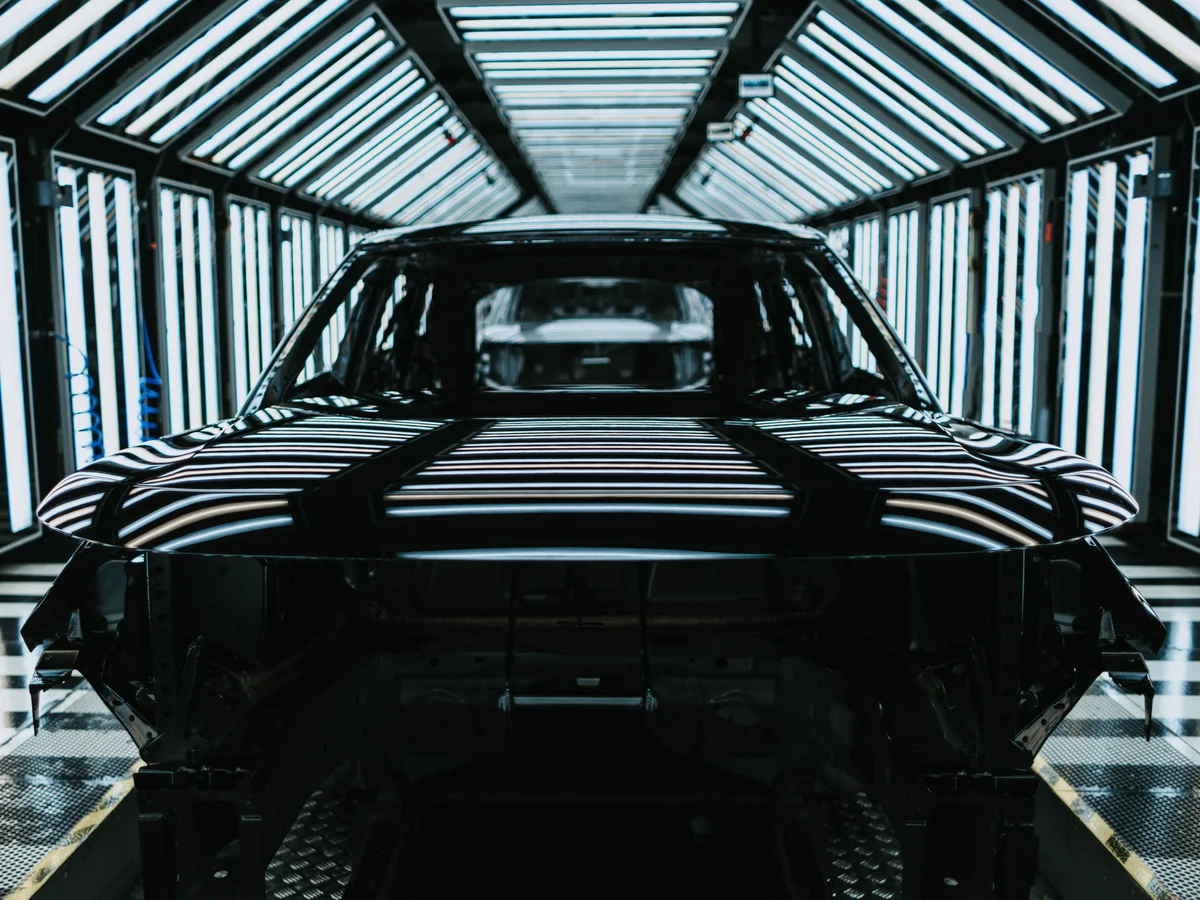
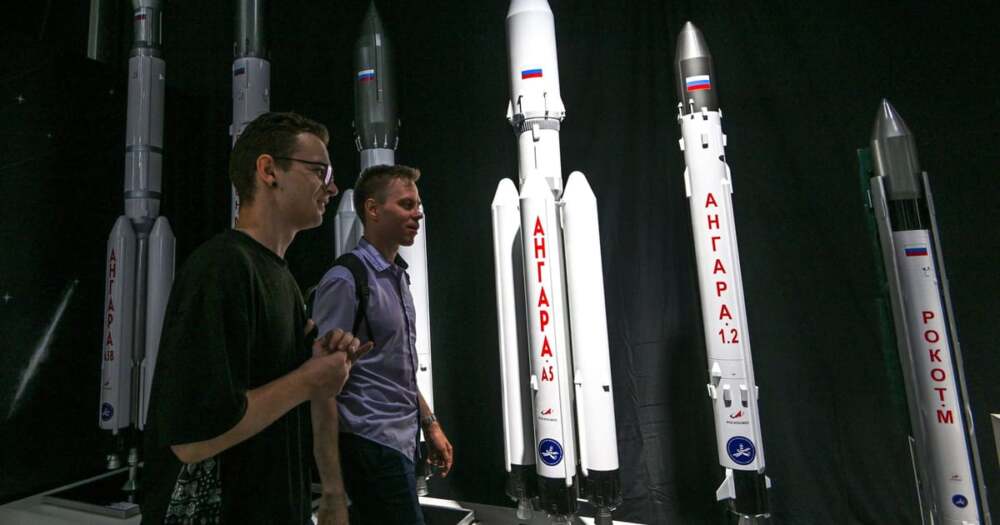






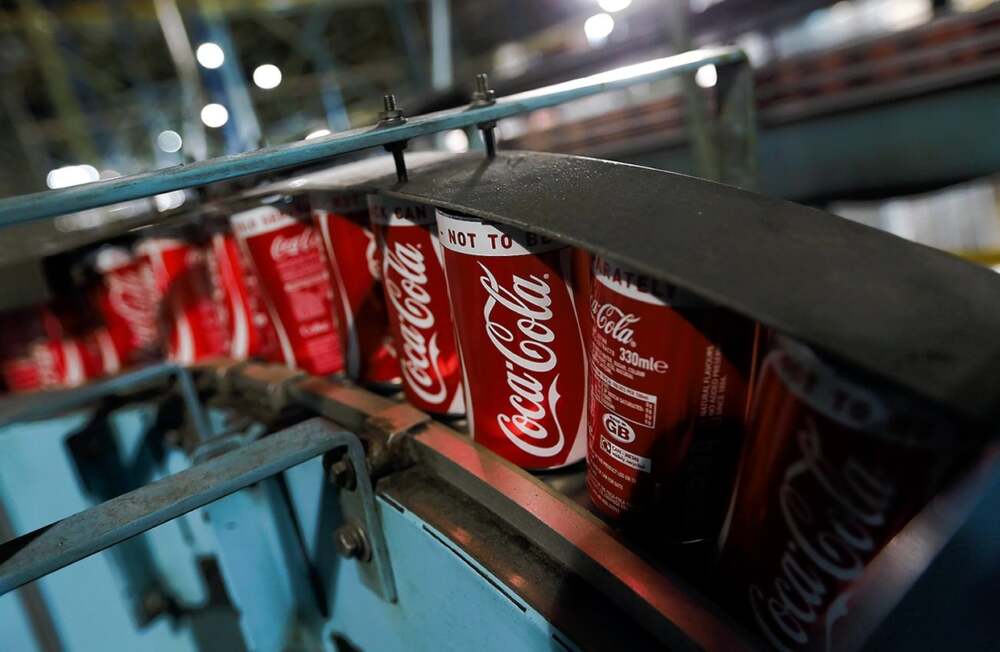

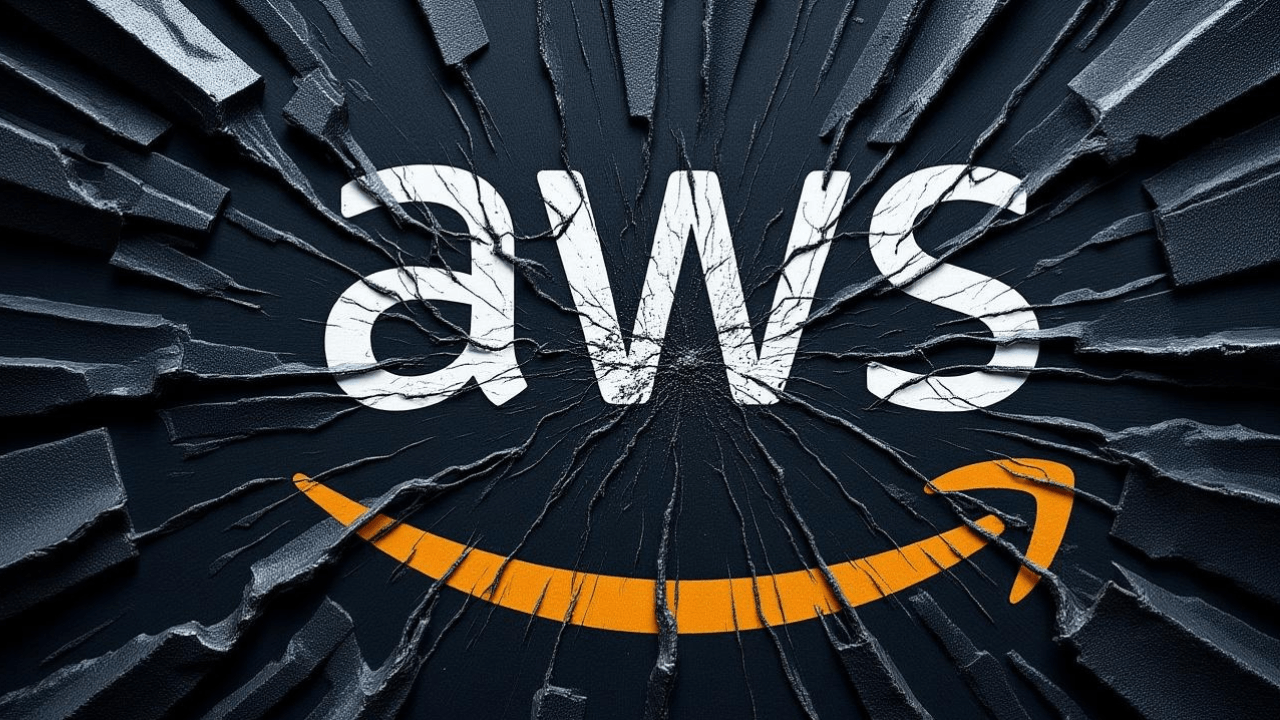


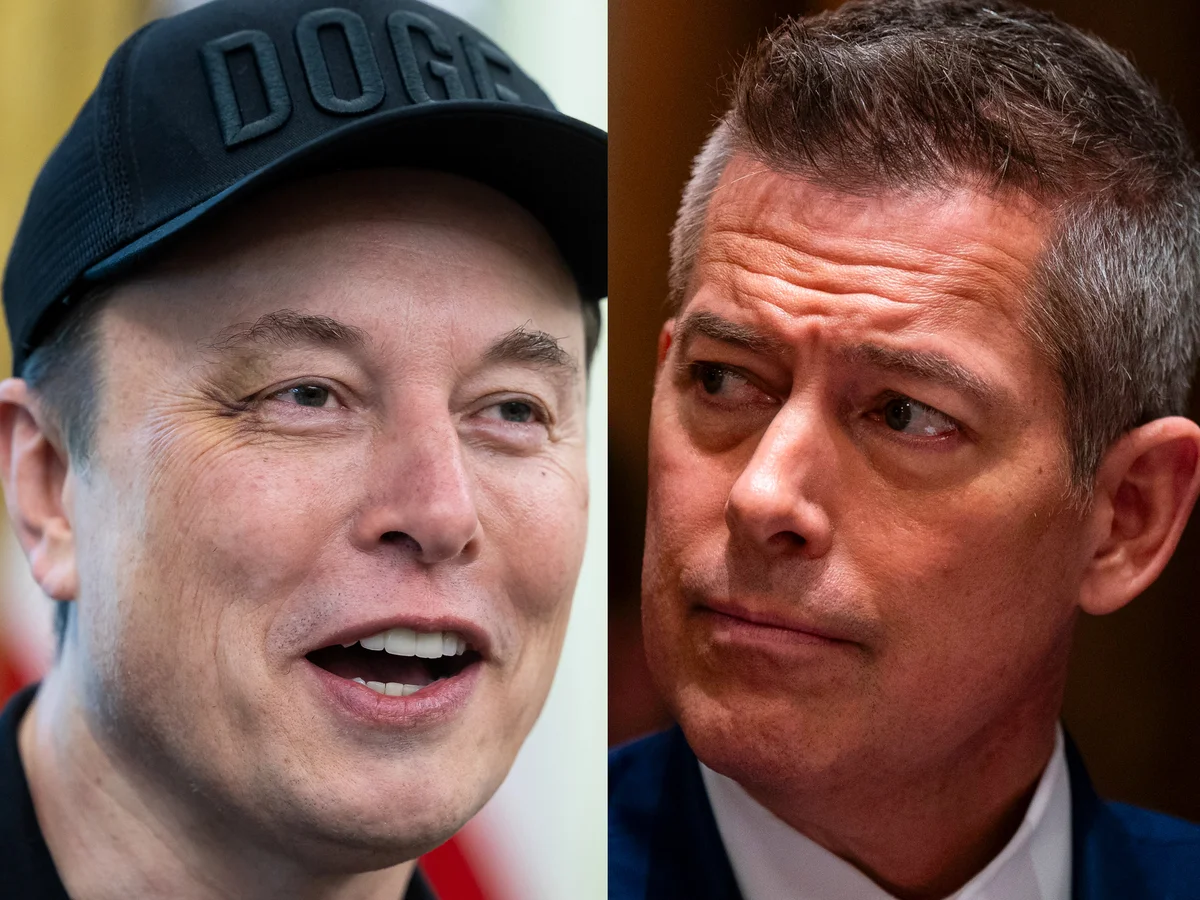

Leave a Reply